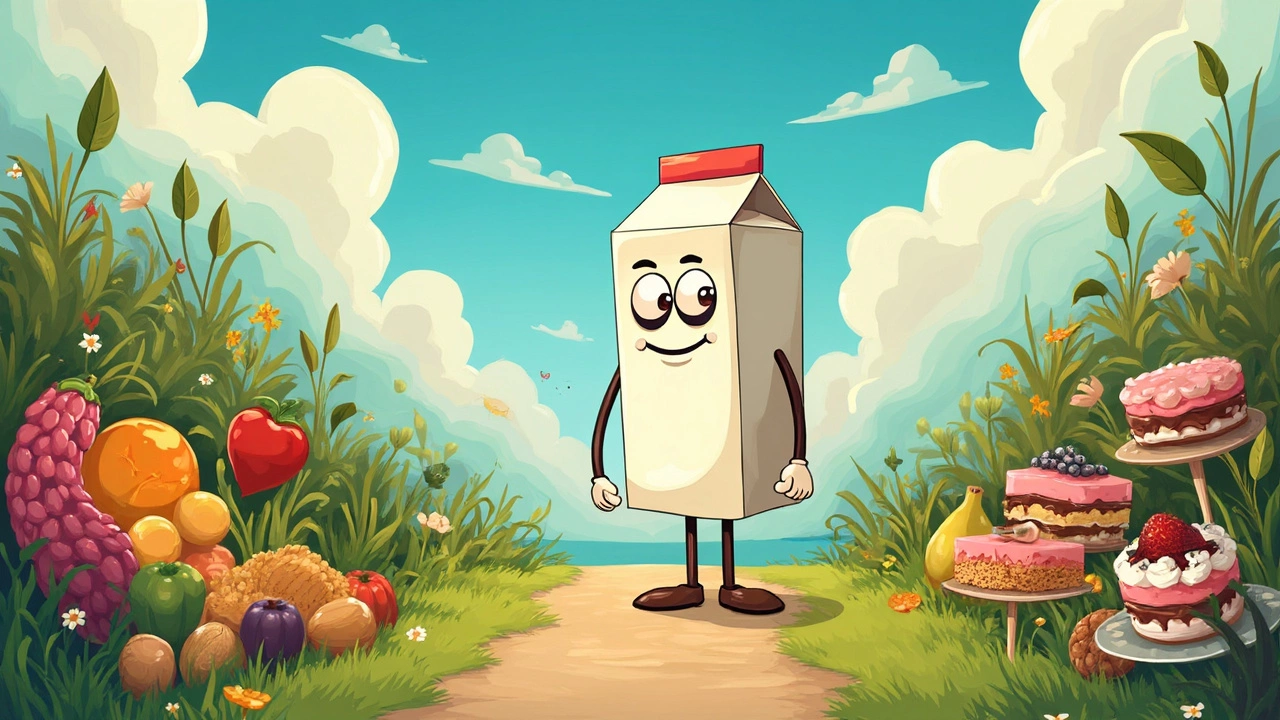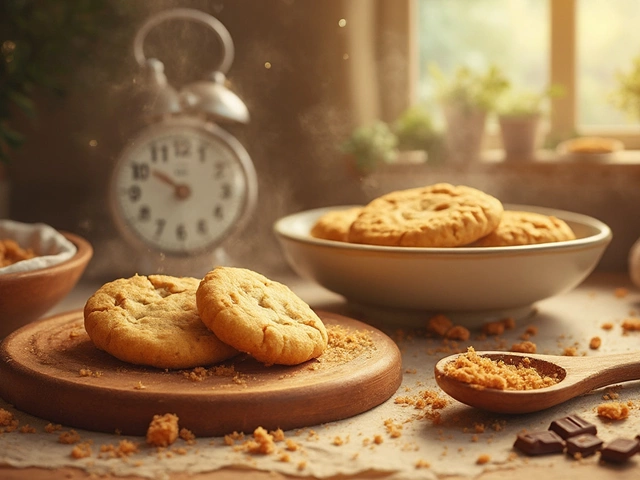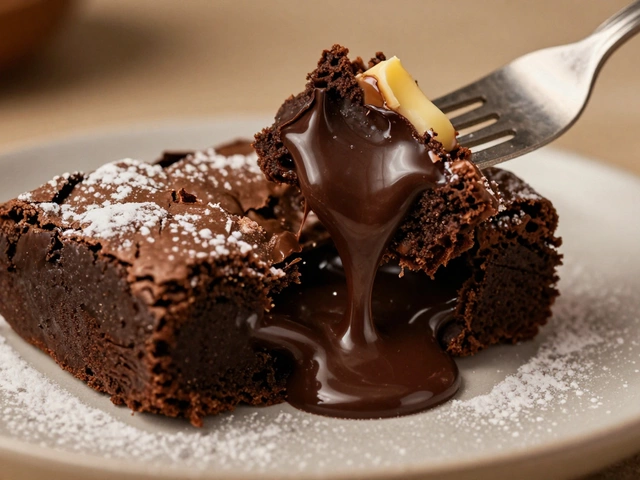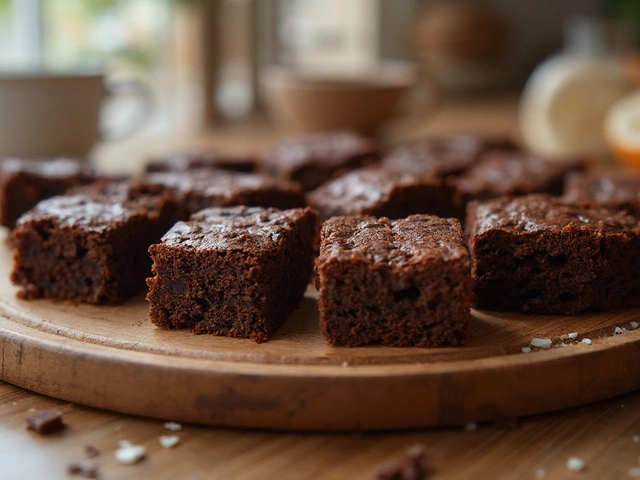Milk in Desserts – Why It Matters and How to Use It
Milk is the quiet hero behind many sweet treats. It adds moisture, flavor and that smooth mouthfeel we love in fudge, cakes and custards. If you’re wondering when to pour it, how much, or what to do if you run out, you’re in the right spot.
How Milk Affects Texture and Flavor
When you heat milk for fudge, the proteins help achieve the soft‑ball stage. Too little milk and the fudge can turn grainy; too much and it stays too soft. The exact temperature range (around 235‑240°F) works best with a full‑fat dairy milk because the fat slows down crystallisation.
In tiramisu, milk (or a mix of milk and cream) balances the strong coffee and cocoa flavors. It softens the mascarpone and prevents the dessert from feeling heavy. Adding a splash of milk to the soaking liquid keeps the ladyfingers from drying out.
If you’re baking a gluten‑free cake, milk adds the missing structure that gluten normally provides. It helps the batter hold together and gives the crumb a tender bite. That’s why many gluten‑free recipes call for a cup of milk or a dairy‑free alternative.
Practical Tips for Using Milk in Your Sweet Creations
1. **Measure accurately** – A kitchen scale is best, but if you use a cup, level it off. Too much liquid will make the batter runny, too little will dry it out.
2. **Watch the heat** – When making candy or fudge, bring milk to a gentle boil before adding sugar. This prevents scorching and gives a smoother texture.
3. **Choose the right fat content** – Whole milk gives richer flavor, while low‑fat milk works for lighter desserts. For a dairy‑free version, try oat milk for a neutral taste or almond milk for a subtle nuttiness.
4. **Prevent skin formation** – If you heat milk for a custard, stir constantly and cover the pot with a lid slightly offset. This keeps a skin from forming on top.
5. **Combine with other dairy wisely** – Mixing milk with butter or cream can boost richness, but keep an eye on the total fat. Too much can make a cake dense.
Remember, the freshest milk gives the best results. If it’s close to its sell‑by date, the flavor may be off and the texture won’t be as smooth.
Want a quick milk‑based dessert? Try heating a cup of milk with a tablespoon of cocoa, a dash of vanilla, and a spoonful of sugar. Stir until smooth, let it cool, and you have a simple chocolate milk pudding that’s ready in minutes.
Whether you’re aiming for perfect fudge, a silky tiramisu, or a fluffy gluten‑free cake, treating milk as a key ingredient – not just a filler – makes a big difference. Experiment with the tips above, and you’ll see how a splash of milk can turn an ordinary sweet into something truly satisfying.

Why Milk Isn't for Vegans: Unveiling the Reasons
Milk is a staple in many diets, but it doesn't fit into the vegan lifestyle. This article explores why milk isn't considered vegan, the impact on vegan dessert choices, and alternatives that vegans can enjoy. Learn about the ethical, environmental, and health aspects of milk consumption from a vegan perspective. Discover delicious non-dairy dessert options that don't compromise on taste.
View More




